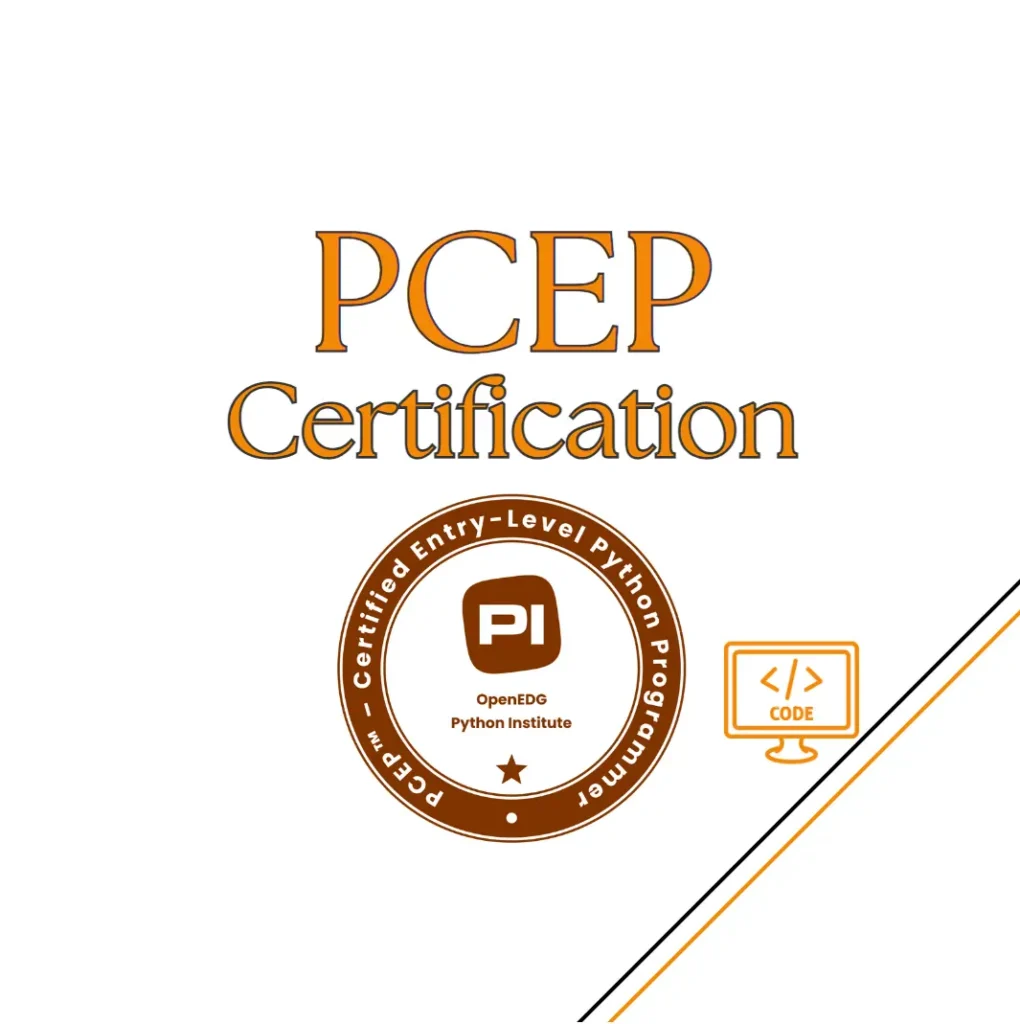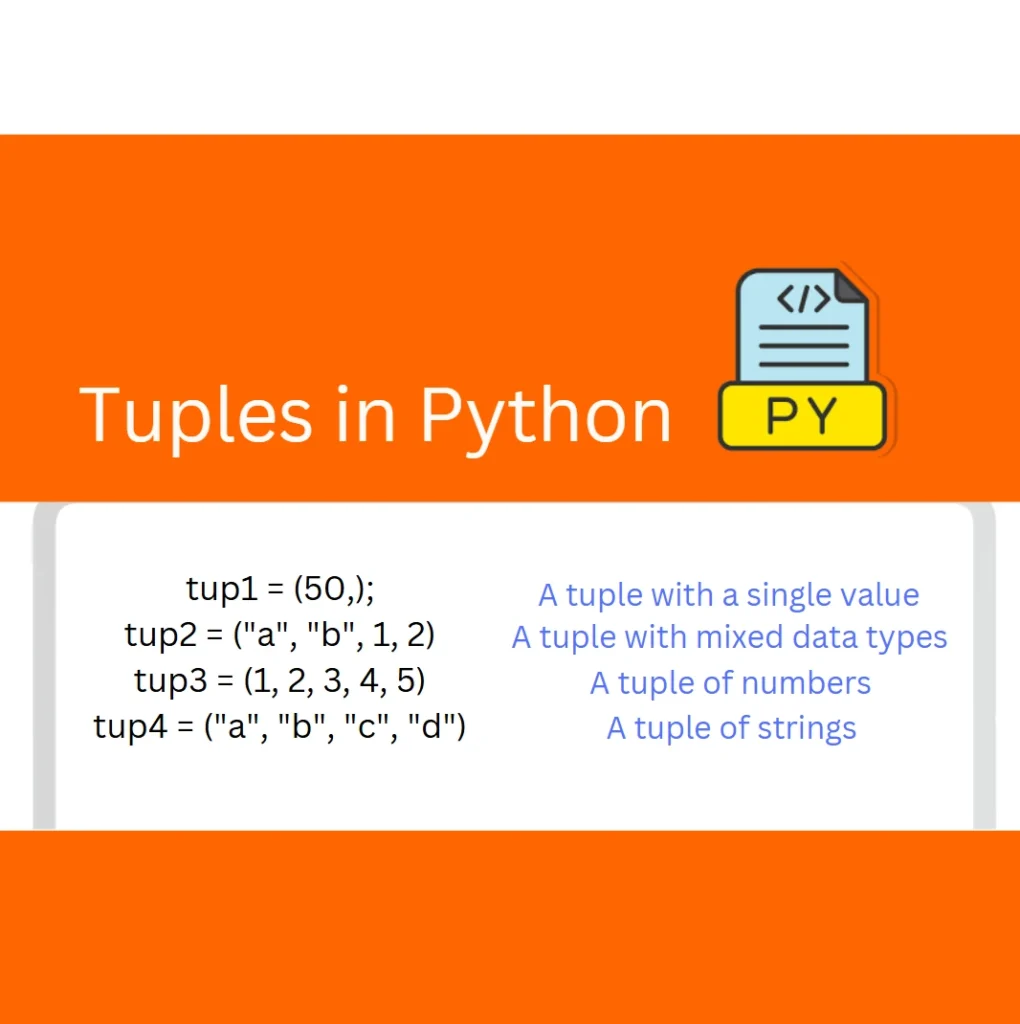The Python Certified Entry Level Programmer (PCEP) Certification is a good test for beginner level programmers serious to improve their skills in Python programming and for juniors to test themselves in real programming knowledge.
PCEP certification helps reaffirm that the individual is acquainted with the basic concepts such as variables, logic and structure, data types, input and output operations, data collections such as lists, tuples, dictionaries, and strings, functions, and exception handling.
PCEP™ certification is valuable for:
- aspiring programmers and learners interested in learning programming for fun and job-related tasks.
- learners looking to gain fundamental skills and knowledge for an entry-level job role as a software developer, data analyst, or tester;
- industry professionals wishing to explore technologies that are connected with Python, or that utilize it as a foundation;
- team leaders, product managers, and project managers who want to understand the terminology and processes in the software development cycle to more effectively manage and communicate with production and development teams.
Sample Questions from the PCEP Exam:
Some of the sample questions from the exam are as below.
Question 1:
What is the expected output from the following code?
- A. [‘Peter’, 404, 3.03, ‘Wellert’, 33.3]
- B. None of the above.
- C. [404, 3.03]
- D. [‘Peter’, ‘Wellert’]
Question 2:
Take a look at the snippet below and choose the two true statements from the below.
- A. nums is longer than vals
- B. nums and vals are of the same length
- C. vals is longer than nums
- D. nums and vals refer to the same list
Question 3:
The fact that tuples belong to sequence types means:
- A. they can be modified using the del instruction
- B. they can be extended using the .append() method
- C. they are actually lists
- D. they can be indexed and sliced like lists
Question 4:
What is the expected output of the following code?
- A. (‘Peter’: 30, ‘Paul’: 31)
- B. (‘Peter’, ‘Paul’)
- C. [‘Peter’: 30, ‘Paul’: 31]
- D. [‘Peter’, ‘Paul’]
Question 5:
A data structure described as LIFO is actually a:
- A. stack
- B. tree
- C. list
- D. heap
Python is increasingly playing an ever-growing role in both backend and frontend integrated application development. At UnicMinds, Python is a core programming language that we focus on to help students learn the basic tenets of programming and structural problem-solving.
If you’re interested to test yourself in PCEP certification, learn more at the Python Institute.
Hope this is useful, thank you.
You may like to read: The Best 15 Computer Science Quotes, Common Coding Terms for Juniors, & Basics of Microcontrollers & Arduino Uno for Juniors


